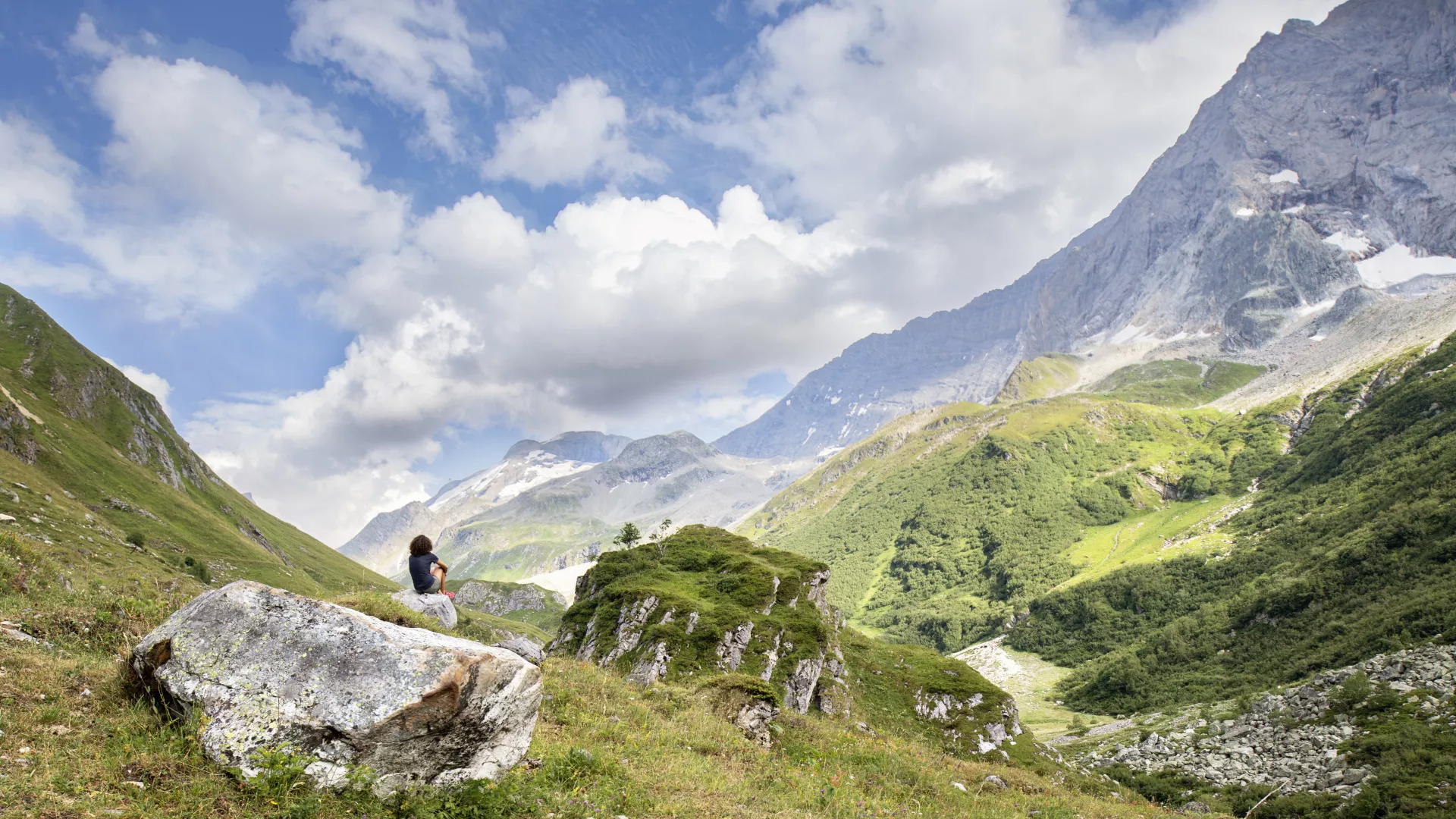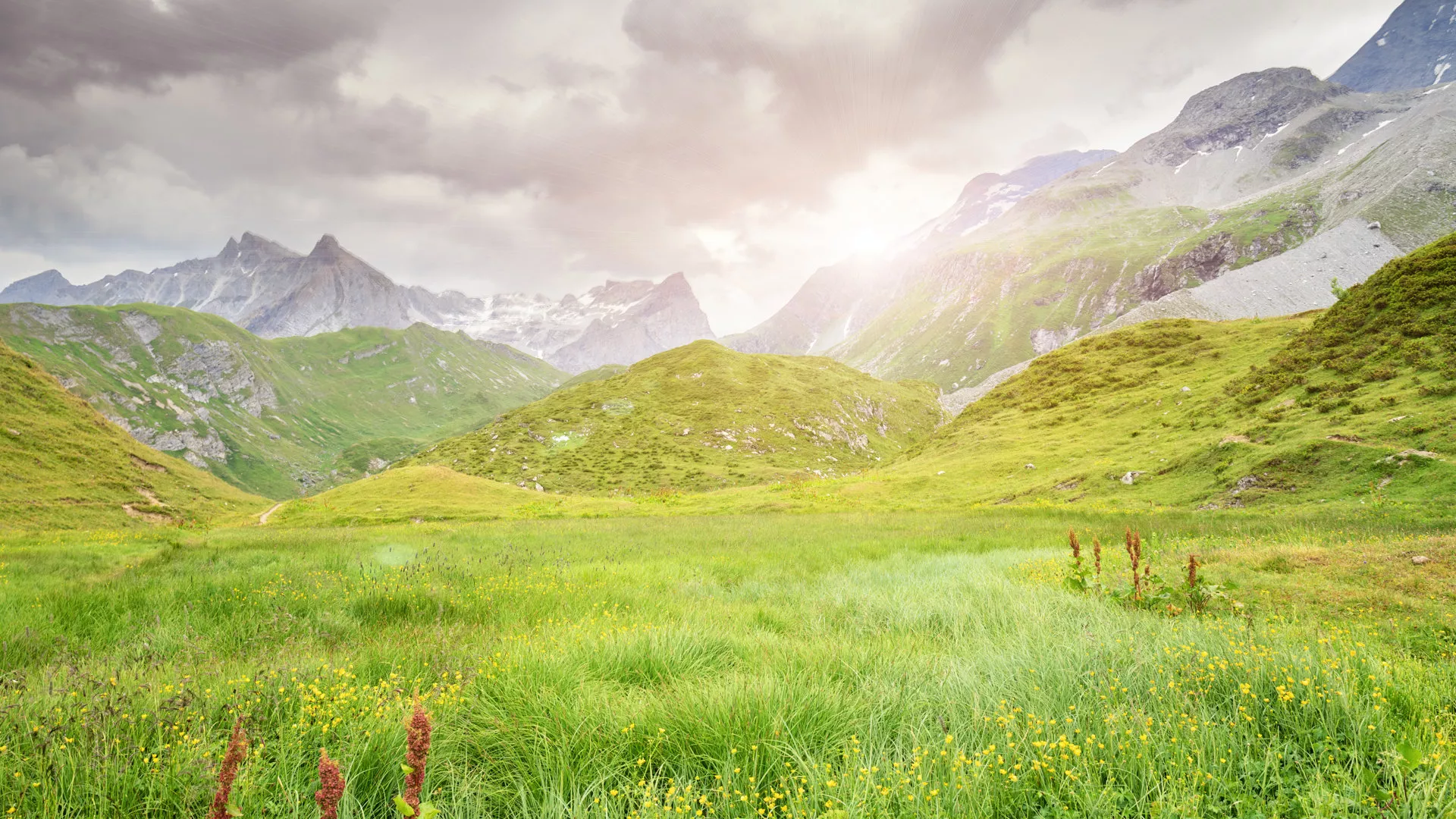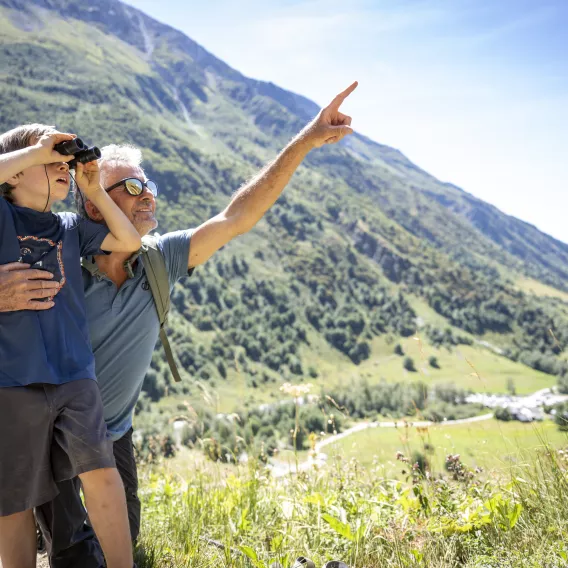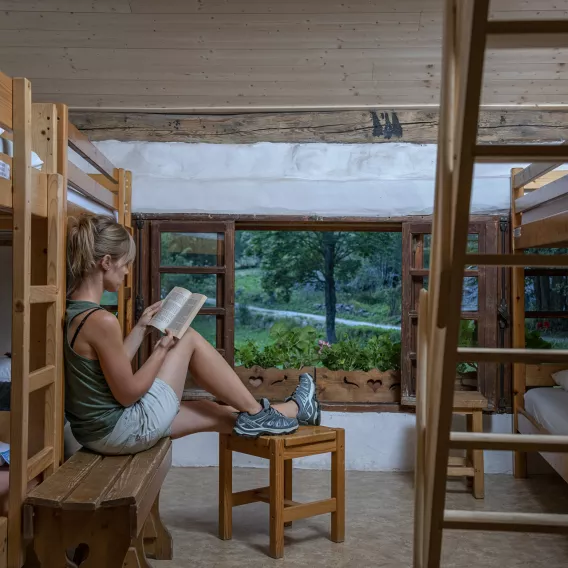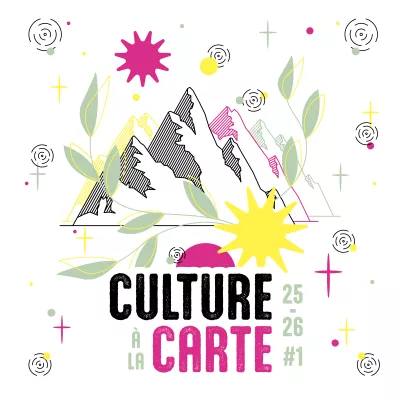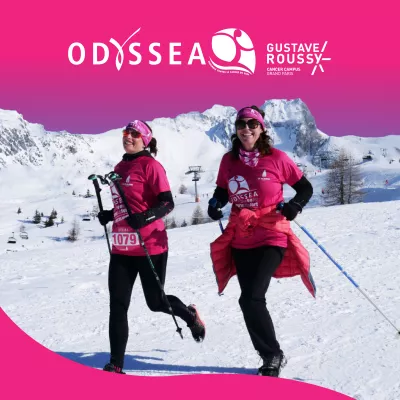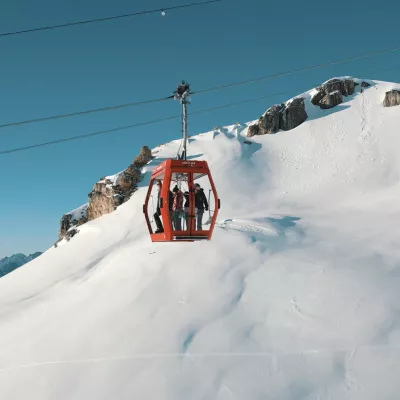The Vanoise National Park, a protected natural area at the gates of Champagne-en-Vanoise
Created in 1963, the Vanoise National Park is the very first French national park. Nestled between the Tarentaise valley (to the north), the Maurienne valley (to the south), and the Parco Nazionale Grand Paradiso to the east (14 km of border with the Italian Grand Paradis park), the area known as the "core park" (under special protection, unlike the so-called "membership" area), extends over 533 km².
What's special about the park? It is home to the largest colony of ibex in France (about 3000 individuals). A great piece of news when you consider that the Vanoise Park was specifically created to protect the Alpine ibex, this majestic mammal with long, curved horns that is inseparable from our mountains and which had nearly disappeared from the Vanoise massif.
Over time, the protection has extended to more than 200 rare and/or threatened animal and plant species in the heart of the Park. For example, the bearded vulture (an impressive vulture with a wingspan of about… 2.80 m!), the variable hare, or the capercaillie (a bird particularly famous for its courtship display); but also the corncrake, the wild tulip, and the northern androsace among the flowers.
The Vanoise National Park, is also a concentration of triumphant peaks and glaciers that have inspired generations of climbers, such as the Grande Casse (the highest point of the Vanoise Park at 3855 m), the Grande Motte (3853 m), Mont Pourri (3779 m), or the Bellecôte Summit (3417 m).
Visiting Vanoise National Park in summer: the must-sees
The Vanoise National Park has 400 km of marked trails, including a small part of the famous GR5 (a long-distance trail that connects Rotterdam to Nice, crossing the Alps over 2600 km). But then... where to start? Here’s a selection of favorites within reach of your hiking boots:
- The highest peak in the Vanoise National Park: the Grande Casse (3855 m in altitude). A majestic needle that you can admire from the trail leading to the Col du Palet and the Col de la Grassaz.
- The glaciers of Vanoise: and notably the Grande Motte glacier, the northern Glière glacier, or the Volnets glacier, which overlook the path starting from Laisonnay
- Lake La Plagne… which is not located in La Plagne, but at the foot of the Col du Plan Séry and Mont Blanc de Peisey (2866 m)!
- Lake Grattaleu, below the Col du Palet and the refuge of the same name, and its delicate cotton grasses
- The flowering alpine pasture of Plan de la Grassaz, between Lake Grattaleu and Lake La Plagne, where the bells of the grazing herds resonate
- The refuges of Plaisance, Palet, Glière and Entre le Lac, to spend a night in dormitories, close to nature, and observe the starry sky without fearing being disturbed by the city lights.
- The GR5, a long-distance hiking trail that connects Rotterdam to Nice, and on which you may want to take a few steps (before you set off, one day, for an adventure wandering through the Alps!)
- Mountain flowers, such as edelweiss and gentian, which you will recognize more easily if you take a small illustrated guide with you (even simpler if they are sorted by color…). To be touched with the eyes only!
- Wild animals, such as the Alpine ibex (with its long curved horns), the chamois (smaller) or the bearded vulture (which could very well cast a shadow over you with its 2.80 m wingspan!). Not always easy to distinguish them among the boulder fields (or in the air for the vulture)! Call on a mountain guide (AMM) to increase your chances of pointing your binoculars in the right direction… Otherwise, you can always settle for the adorable marmots, which are much more numerous and less shy!
By the way… how does one enter the Vanoise National Park? Is there a gate? Is there an entrance fee to pay?
No gate, no barrier, no toll: entry to the Vanoise National Park is free (provided, of course, that you respect the measures that have been put in place to protect this sensitive area… We’ll tell you more just below).
But... if there is no physical boundary, how can you know if you are in the Vanoise Park? Can you walk its trails without even knowing it? Yes... and no! Unless you are absent-minded, you shouldn't miss the information signs installed along the trail at each entrance to the park. They remind you of the good practices to adopt to help preserve the fragile areas you will be crossing (dogs prohibited, do not pick flowers, be discreet so as not to scare the wildlife...).
Here are some hiking ideas that will take you to the Vanoise National Park:
- At the start of Champagny-en-Vanoise (parking at Laisonnay d’en bas): follow the signs towards the Glière refuge (easy hike / blue level), then continue if you wish to the Col du Palet or to the col de la Grassaz (breathtaking view of the Grande Casse and the Grande Motte)
- Another idea, always starting from Champagny-en-Vanoise (parking at Laisonnay d’en bas): follow the signs towards the Plaisance refuge (located just before the entrance to the park), then to the Col du Plan Séry (great view of the Grand Bec, the Summit of Bellecôte, the Pointe des Chardes…)
- From the start of La Plagne altitude, you will first need to cross the Col de la Chiaupe (take the cable car from Roche de Mio to save your legs) to switch to the other side and reach Champagny-le-Haut, then Le Laisonnay du bas (starting point for the hikes detailed above). A demanding circuit, reserved for seasoned hikers (especially if you plan to do it as a round trip; otherwise, it might be an opportunity to sleep in a refuge?).
An easy hiking idea for walking with family in the Vanoise National Park
The trails of the Vanoise Park can sometimes put the legs of young hikers to the test... It's not always easy to tackle the ascent of a pass when you're not used to it (and when you have to take three times as many steps as adults!).
For a first hike in the park, we recommend the trail marked “CHY13” on the Champagny-en-Vanoise trail map.. On the agenda: 10.6 km of walking with views of the Vanoise glaciers and 450 m of positive elevation gain, or 2h45 round trip. Unless you take the opportunity to give your tribe their very first night in a refuge? Remember to book in advance… and keep it a surprise if you think you can keep your mouth shut!
Dogs, bivouacking, wildlife and flora… What are the regulations of the Vanoise National Park?
The "core park" zone of the Vanoise National Park is protected by specific regulations in order to preserve the rare and/or threatened species found there. These measures, as you will see, primarily rely on common sense!
- Dogs, even on a leash, are prohibited in the core of the Vanoise National Park (with the exception, of course, of livestock protection dogs grazing in the alpine pastures; but also of dogs accompanying people with disabilities). Why? Because they could scare wildlife, transmit germs, destroy nests, etc. Even the most adorable of pups is a threat to protected species…
- We do not touch the flowers, the fruits, the insects, the pebbles, etc. Even if it’s tempting. Picking a flower isn’t a big deal… unless everyone starts picking a flower!
- We take all our waste with us (leftovers from picnics, tissues, and even apricot pits! Nothing should be left behind you).
- We respect the tranquility of wild animals, even when we don’t see them. They see and hear you… Don’t shout, you might scare them away.
- Bivouacking is only allowed near certain refuges (refuge de Plaisance, refuge du Palet, refuge de la Glière…), and nowhere else.
- No fires are allowed.
- Stay on the trails, do not cut the switchbacks (risk of erosion).
- The Vanoise Park can only be explored on foot (no mountain biking, no paragliding, no motorized transport, etc.).
- Fishing in lakes and rivers is regulated.
Thanks to these simple precautions, which you are probably already partly applying during your hikes outside the Vanoise National Park, you will actively contribute to passing on this fabulous natural heritage to future generations.
Spend the night in a refuge in the Vanoise National Park
Mountain refuges, are you familiar with them? These large cabins, which can accommodate up to several dozen people, maintain a close connection with the history of mountaineering. Originally built to shelter those in search of summits, refuges have multiplied and gained in comfort since the second half of the 20th century, alongside the growing trend for mountain sports.
More than twenty guarded huts now punctuate the Vanoise National Park, such as the Plaisance hut, the Palet hut, the Glière hut or even the Entre le Lac hut (to name just a few, among the closest to Champagny-en-Vanoise).
What to expect during a night in a refuge? Simplicity, calm, and friendliness! You will sleep in a dormitory (think about a sleeping bag liner – also called a sleeping bag – and earplugs if you are a light sleeper…), eat a single dish prepared with local ingredients and a lot of love by the refuge keeper, and will have to forgo long showers (water is a precious resource at altitude). A unique opportunity to experience the sweet thrill of adventure… with the comfort of a real mattress!
Sleeping in a refuge is also and above all the opportunity to have beautiful dreams close to the wild nature, far from the city and the noise of traffic. Take notes: your hosts and one-day roommates will be happy to share with you their hiking tips, their homemade recipes, or even their talent for recognizing this or that constellation.
Remember to book your night before your arrival (online, by phone, or by email), and plan to have cash to pay on-site (not all lodges are equipped with a card payment device, due to isolation...). While waiting for your next adventure, you can also review the etiquette rules appreciated in lodges (a world a bit apart if you are used to more traditional accommodations, like hotels).

